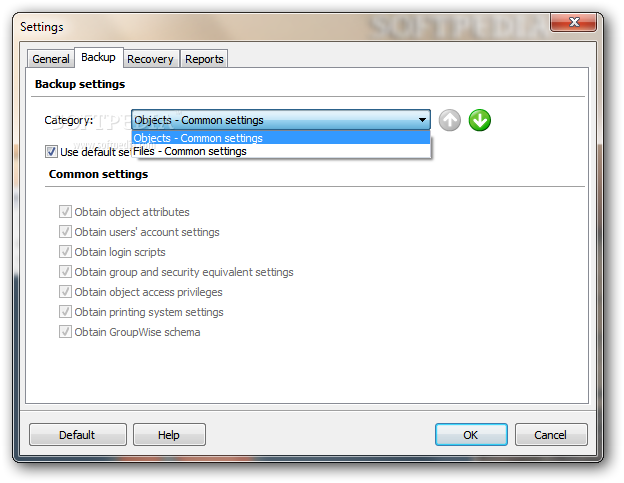

The tool for configuring your interfaces ( yast / yast2 ) are still nowhere near as good is inetcfg. m – it provides seamless ftp across all servers in a tree. There is still no filter configuration program eg: m There is still no TCP Control program eg: m There is still no real time monitoring program eg: m This is slightly better because at least you can kill a process, kill -9 if you must. If the management interface went down, your only real choice was the power switch. You had no idea what was happening on the server and any given point in time. This reminds me of the bad ol’ days of Lan Manager on a 3-Server. Upgrading to OES – Planning and Implementation Guide Now is the time to Move-IT, and do it with confidence.
NOVELL NETWARE 6.5 END OF SUPPPORT FULL
Add full 64-bit support, enhanced hardware support from vendors like Hewlett-Packard, Dell and IBM, and our customers have a platform for the future, with the comfort of knowing it still provides those same NetWare Services that they have come to depend on. Novell Open Enterprise Server has virtually every service found on NetWare but gives our customers the added flexibility to run thousands of third party applications alongside the NetWare Services that just wasn’t possible before. Although this is of immense interest to many customers, I’ll defer discussion of that subject to a future post. Now BorderManager is a powerful edge service, but there are no plans to move that application to Linux.

Now you might ask, what about BorderManager? BorderManager was never a NetWare Service although it was often seen as a one. Of the Services still lagging, like Audit and FTP, we will continue to work to add them to upcoming releases. We’ve now spent several years rebuilding, reworking, and repackaging these NetWare Services until we’ve nearly achieved the goal of 100% parity of our heritage NetWare Services on a Linux platform. Of course, along the way, we made a small acquisition, SUSE, which brings us to the new platform for NetWare Services, SUSE Linux Enterprise Server. It succeeded in demonstrating that traditional NetWare services could be ported to the Linux platform, and helped us articulate a future road map for NetWare Services.

Our very first, and some might say failed, offer of NetWare Services on Linux was something called Novell Nterprise Linux Services.

This diagram is useful to more full depict the evolution that has taken place.īased on the growing popularity and proven stability of this new, open source platform called Linux, the choice was made to introduce Linux to the armory of tools Novell used to deliver solutions to our customers challenges. Here is were I begin to distinguish the difference between NetWare Services and the NetWare Kernel. Starting with NetWare 6.5, the Services began to be separated from the kernel although they were still highly dependent on the kernel. You might say it was still a single image NOS. NetWare 3 started the trend towards a loosely coupled set of services but was still tightly integrated into the NetWare Kernel. Up until NetWare 3, NetWare was essentially a single image NOS and required the OS to be “compiled” to include all the services (what few there were) the customer wanted to deploy. Until a suitable replacement “kernel” was available, Novell recognized the need to stay put.
NOVELL NETWARE 6.5 END OF SUPPPORT WINDOWS
Now before everyone piles on and tells me that we did have NetWare on Windows and NetWare on IBM, let’s just deal with that now – is anyone running those today? … Exactly! And that makes my point. The key is that to meet our own expectations, we could never be as comfortable putting those services on someone else’s platform (could you imagine depending on a Windows Server to provide the same level of performance as NetWare?). Yes, the NetWare Kernel was and is an immensely powerful, efficient and stable platform to run these services on, but that’s just it, the NetWare Kernel is just a platform. Virtually all individuals and companies that value NetWare, value NetWare Services. But, there is a fundamental difference between NetWare and NetWare Services. For the longest time, customers, partners and many Novell-ians have ubiquitously viewed NetWare as a monolithic Network Operating System – and for earlier versions of NetWare, they were all right.


 0 kommentar(er)
0 kommentar(er)
